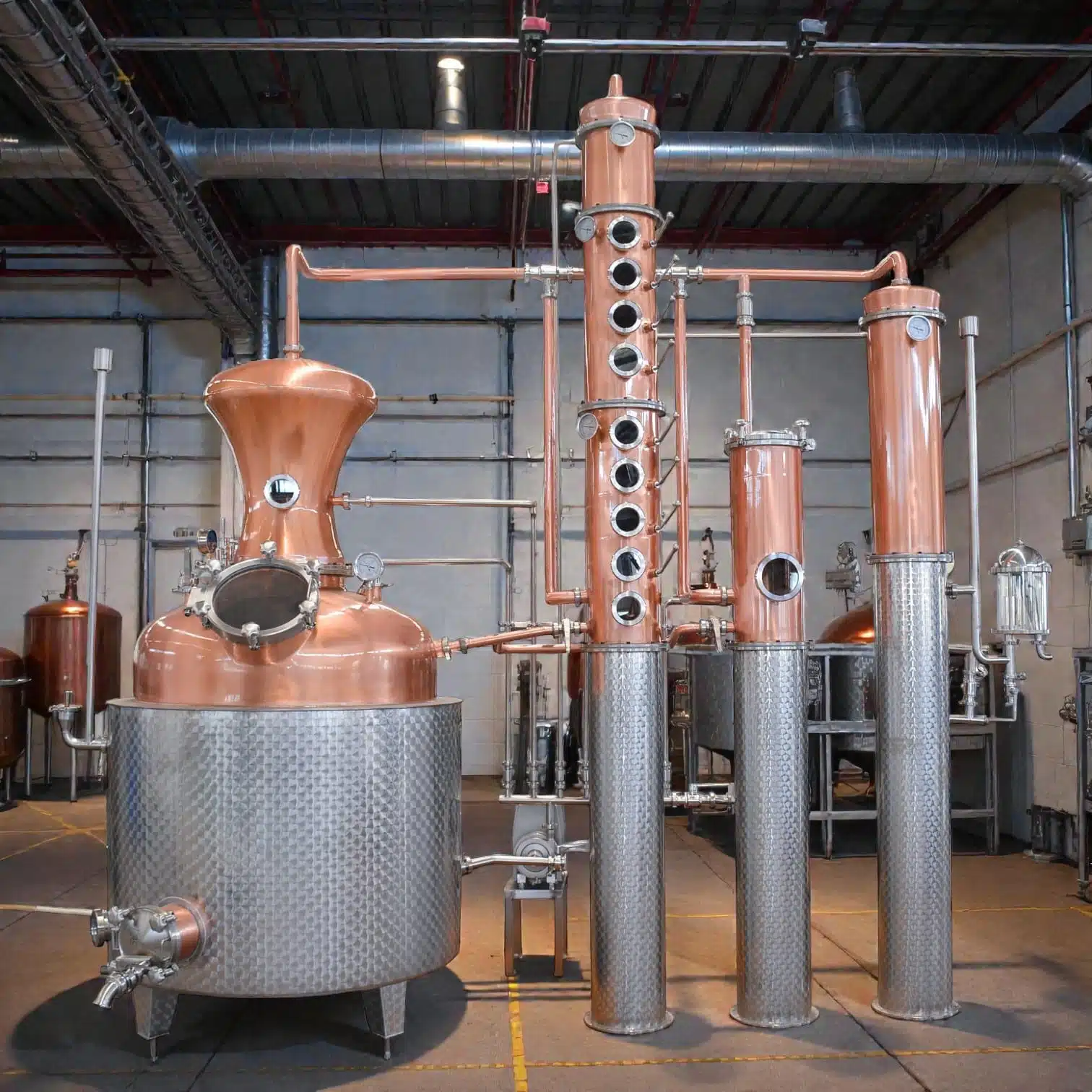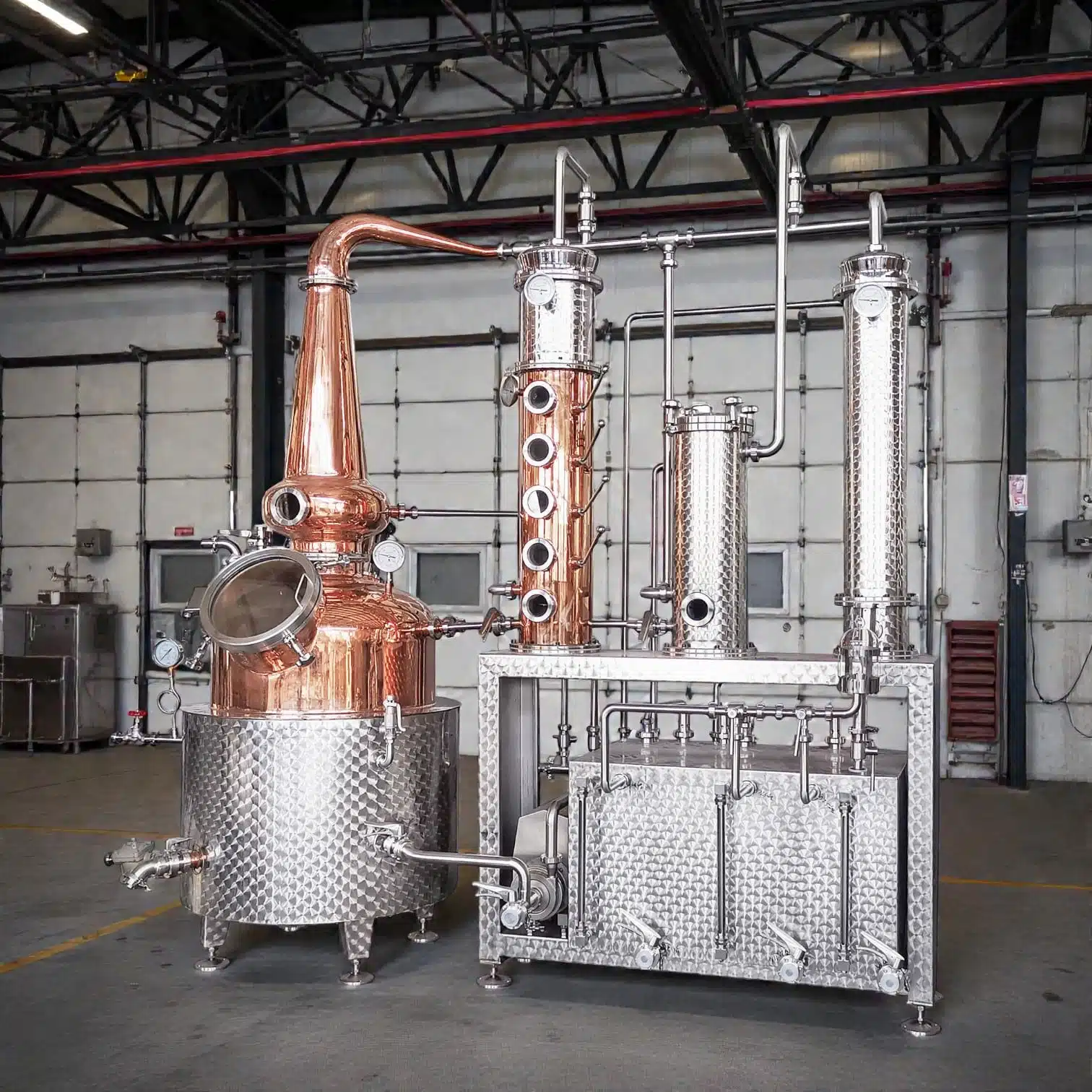The Copper Moonshine Still: A Cultural Legacy
To go deeper and give narrower lenses to the definition, the copper moonshine still is not just a tool of the distiller, it bears within it the spirit of centuries of culture and historical development. More often than not, such stills are custom-built and become heirlooms; these have contributed tremendously to the growth of distilling spirits, mostly in the United States. This blog will focus on the fascinating history, transformation, and cultural relevance of the moonshine copper stills and the effect that it had on society from a historical perspective regarding the present day.
The Origins of Copper Moonshine Stills

The history of the copper moonshine still can very well be compared to the history of human civilization itself as it developed and progressed over centuries. Evidence point to the fact that the oldest known distillation procedures vividly appeared around 2000 BC in Mesopotamia for such products like perfumes and medicinal drugs. But, the first developments of distillation appeared only in European countries with the onset of renaissance. During this timeframe, copper became the dominating metal that was preferred for construction of the still due to its great heat conductivity and less susceptibility to corrosion. Stills made of copper would eventually find their way to the Americas, with European colonist bringing along the knowledge as well as the equipment over. In the American South particularly in the 18th –19th century moonshine production become key figures within society.
This period marked the lowest point in history with regard to the discouragement of the well-documented moonshine culture, where people invented their own equipment for the illegal production of spirits – the moonshiners – constantly avoiding authorities as well as taxes and other normative aspects.
Moonshine Stills Development
The history of development of moonshine stills is the story of progress. Concerning the materials from which the stills were made, the early models were very primitive and made from whatever was available on the farm or in the house. When there was more availability of moonshining spirits, more intricate stills were constructed. By the middle of the nineteenth century, new forms started to appear, including the pot still and the column still.
The Pot Still

Pot Still is normally known as the traditional whiskey and other spirits making device. It has a big cooking container inside which is the mash is put for heating and a vapor condensation apparatus. Pot Stills affords the distillation of good quality liquor as most of the taste and scent is retained.
The Column Still
Although column stills or also called continuous stills operate on the completely opposite end of the scale. Creative version of epco working this concept in fact change the way hard spirits can be made and on how fast and in how big volume it could be made. In a traditional moonshine however, the column still would not be used, but the historical interest in this construction indicates that the development in the field of distillation has not stood still. And, as the era of Prohibition began in the 20s of the XX century, the sales of moonshine shot to the top.
Adapting to such conditions was difficult for distillers, sometimes they had to use ingenious ways to avoid attempts at arrest. This spurred the development of small stills that were more portable in design and could be easily concealed. Copper whiskey stills acquired a new history as emblems of defiance and resourcefulness in such tumultuous times.
The Cultural Importance of the Moonshine Stills
The cultural aspects of moonshine stills do not end with their functionality. They represent a wide range of American experiences, including the spirit of rebelliousness, sorcery, and collective action. In most parts of Appalachia, places known for their moonshining culture, the art of distilling has been of great importance, becoming a family tradition. In addition, moonshine has also left its mark in the popular culture – in songs, films, and dances. Country and bluegrass numbers often pay homage to the Way of life, through moonshining. The pleasures and pains of a moonshiner are venerated in these tunes. There is moonshine in the Lawless and The Great Gatsby too – it is portrayed there as a part of the American legend.
Further, the culture of moonshine is very much relevant even today. A recent growth in the craft distillery business finds sympathy with great appreciation for the methods of producing moonshine. They work with copper pots and recreate the techniques of making spirits their ancestors used but explore new profiles of spirits. This revival, however, highlights the factor that the copper moonshine still remains in favor, and is showcased as more than just a mere implement; it is a cultural piece.
The Impact on Society
The impact of copper moonshine stills on the society cannot be overstated. More than just the economic aspect, these stills represent a greater story of freedom and independence. While the ban on alcohol brought more issues than solved them, however, it did give rise to legal moonshine distilling which was, and still is, relevant to all Americans. In addition, the consolidation of moonshine has caused drastic changes in both law and society. Craft spirits have recently been made legal in many states as a means of bringing income through distilling. Not only has this change rejuvenated the economy of certain towns, but also in the production, attention has been paid to the history of moonshine. The history of copper moonshine stills and the events surrounding them are encouraging people to rethink the understanding of America as the land of liberty. People are in the right way, considering these American inventions to be a lesson in creativity under pressure. How a simple device may represent struggle, community, and cultural integration is shown.
Conclusion
To conclude, the copper moonshine still is one of the fascinating things which represents the distillation history in America well. The still has remained a crucial object with respect to the past and the present community aspects. It was the most universal instrument, just like the moonshine we now explore, so we tell you the grand schemer about the people who made those stills and what survives of them. Appreciating the history and development of the copper moonshine still as well as its cultural context makes it easier to understand the place of this object in American history. However, focusing more on the present, the traditional ways of undertaking distillation can be brought back in future and this will guarantee that the history of these particular stills is not vagabond in the unleashed sea of despondency.
















